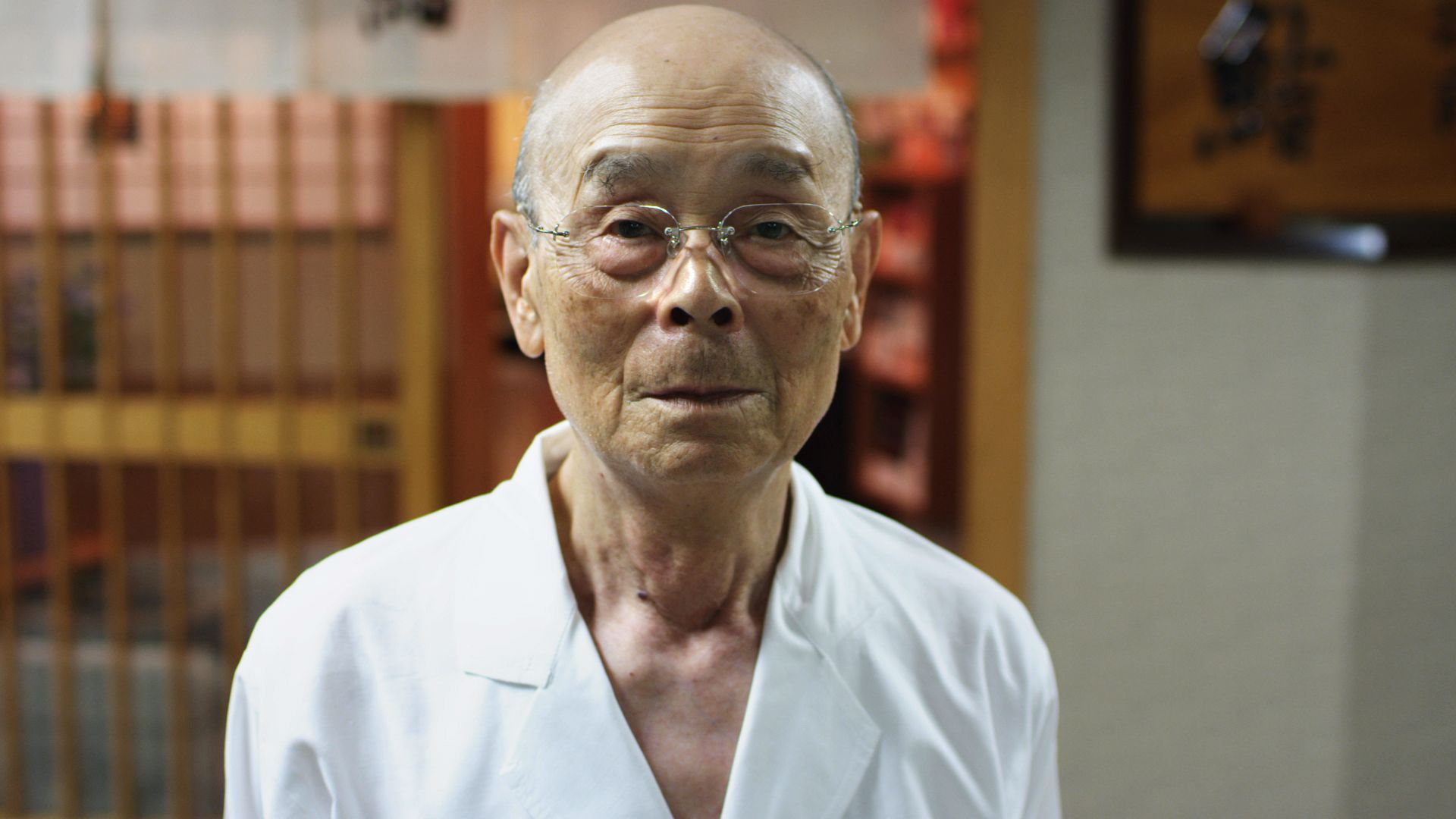

Sushi originates in a Southeast Asian dish, known today as narezushi (馴れ寿司, 熟寿司 – "salted fish"), stored in fermented rice for possibly months at a time. The lacto-fermentation of the rice prevented the fish from spoiling; the rice would be discarded before consumption of the fish. This early type of sushi became an important source of protein for its Japanese consumers. The term sushi comes from an antiquated grammatical form no longer used in other contexts, and literally means "sour-tasting"; the overall dish has a sour and umami or savoury taste. Narezushi still exists as a regional specialty, notably as funa-zushi from Shiga Prefecture. Vinegar began to be added to the preparation of narezushi in the Muromachi period (1336–1573) for the sake of enhancing both taste and preservation. In addition to increasing the rice's sourness, the vinegar significantly increased the dish's longevity, causing the fermentation process to be shortened and eventually abandoned. The primitive sushi would be furthered developed in Osaka, where over several centuries it became oshi-zushi; in this preparation, the seafood and rice were pressed into shape with wooden (typically bamboo) molds.
It was not until the Edo period (1603-1868) that fresh fish was served over vinegared rice. The particular style of today's nigirizushi became popular in Edo (contemporary Tokyo) in the 1820s or 1830s. One common story of nigirizushi's origins is of the chef Hanaya Yohei (1799-1858), who invented or perfected the technique in 1824 at his shop in Ryōgoku. The dish was originally termed Edomae zushi as it used freshly caught fish from the Edo-mae (Edo or Tokyo Bay); the term Edomae nigirizushi is still used today as a by-word for quality sushi, regardless of its ingredients' origins.
Sourced from: Wikipedia Commons ---- Image Created from: Canva Sourced from: Google Images
Sourced from: Google Images4-2-15 Ginza | Tsukamoto Sogyo Bldg. B1F, Chuo 104-0061, Tokyo, Japan
You're looking at a picture of one of Japan's national living treasures. Jiro Ono, is one of the legendary representations of Kodawari. He is a conflicting hodgepodge of crazy, brilliant, meticulous, and incredible intensity. Oh, he also carries one of the highest honors in the food world with 3 Michelin stars for the smallest restaurant in that category (The guy has only 10 seats in his place, 10). Just in case the national treasure thing doesn't get you.
Before people decide to go or even attempt to secure a reservation, one should align expectations that this is a no-frills, unpretentious, sushi joint. They're not there to make friends, they're not there to hold your hand, they're there for the sushi, just as you should too. So check your attitude out the door and prepare to be sucked in to Jiro's world.